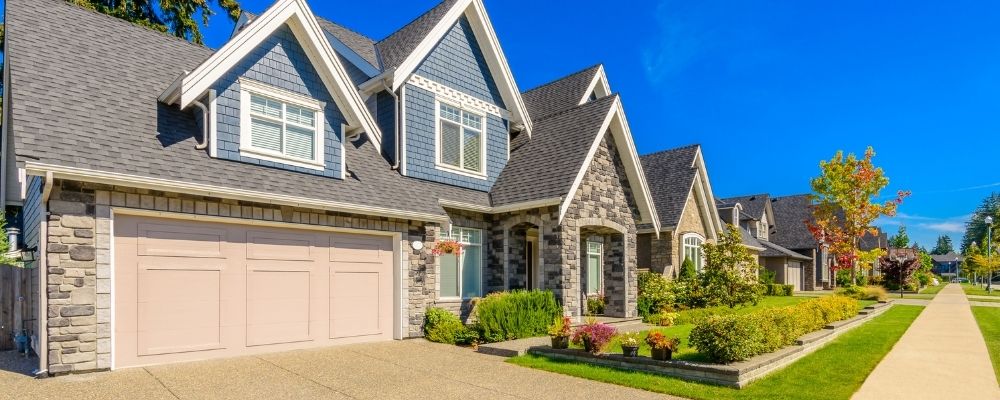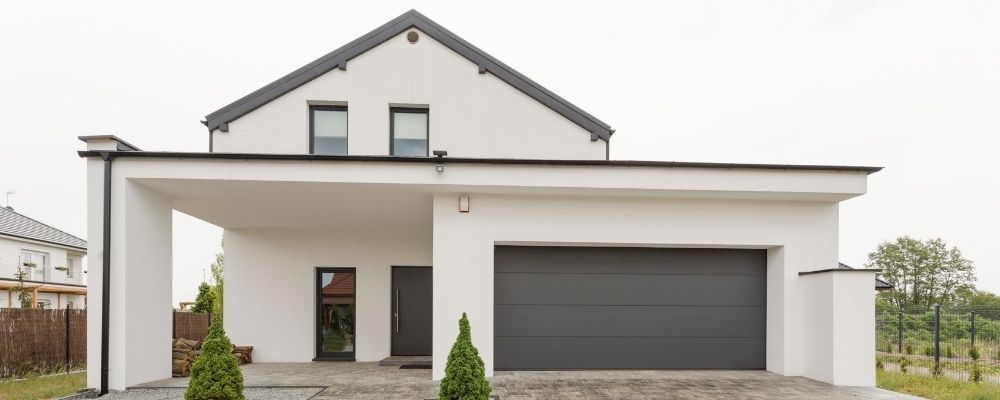It’s not as hard as you think to finance flipping a home. While traditional lenders don’t like house flips because of the risk they pose, other loan programs work great with house flipping.
The good news is you don’t need a lot of experience or a lot of money to get approved. Even if this is your first time flipping a house, there are loans available to help you start on your real estate investment journey.
If you’ve decided that flipping houses is right for you, keep reading to learn how to finance flipping a home.
Key Points
What Is A House Flipping Loan?
A house flipping loan is money lent to you to buy and renovate a property. Most properties bought for house flipping are in less-than-optimal condition and wouldn’t pass an appraisal or the local code. Investors buy undervalued homes, fix them up and flip them for a profit, but first they need financing.
Most investors keep flipped properties for only a couple of months, just long enough to renovate them, inflate their value and sell it.
A house flipping loan isn’t a traditional loan since the home won’t provide enough collateral and you won’t keep the property for long. Fortunately, there are other options available today.
How to Apply for a House Flipping Loan?
There are several ways to pay for a house flipping project, but no matter the method you choose, you’ll likely apply for the loan online.
Most house flipping loans look at the home’s potential versus the borrower’s qualifications. It’s the opposite of what you get with a traditional loan, such as when you’re buying a home to live in yourself.
Most lenders ask for your personal information online and then ask you to send in proof of your income, assets, and details about the property including the renovations/improvements you’ll make to it.
How do Loans for Flipping Houses Work?
When you get a loan for flipping houses, you take out a loan not only for the cost of buying the home, but the money to renovate the home too.
For example, if the home isn’t up to code, you’ll need money to bring it up to code. You’ll also need money to make the home have the features local buyers want. You’ll provide the lender with a list of the renovations you’ll make plus the costs. It helps if you already have contracts from local contractors to ensure you borrow enough money.
Most loans for flipping houses are short-term loans – they are good for a year or two at the most. This is because house flippers buy the house and flip it usually within a few months. This poses less of a risk of default for house flipping lenders, allowing them to help you reach your real estate investment goals.
Why do Normal Home Loans not Work?
Normal home loans are conventional, FHA, VA, and USDA loans. These are loans you get when you’re buying a home to live in. Lenders use the home’s collateral and your personal qualifying factors to determine if they’ll lend you the money.
Traditional lenders don’t look at the home’s future value but use the home’s current value to determine how much they’ll lend you. If the home is run down and won’t pass a traditional appraisal, they can’t lend you money. Plus, government loans, like FHA, VA, and USDA loans are only for owner-occupied properties.
Fortunately, you have several homes when you need to finance flipping a home.
Best Ways to Finance Flipping a Home

1. Hard Money Lenders
Hard money lenders focus on the collateral versus the borrower’s qualifying factors. They look at how much the home will be worth after you renovate it. They use this number to determine how much they’ll lend you. Hard money loans are short-term loans and usually mature in 2 years or less but are easy to qualify for.
2. Private lenders
Private lenders have their own loan programs. They may have loans with longer terms or different qualifying factors. Because private lenders keep the loans on their books, they can make their own requirements rather than following the requirements of Fannie Mae, Freddie Mac, the FHA, or VA.
3. Using Your Home’s Equity
If you own a home and you owe less than it’s worth, you may be able to tap into the equity and use the funds to buy an investment property. A home equity line of credit or home equity loan usually has low interest rates and great terms, but you need to leave at least 20% equity in your home untouched, so you’ll need a large amount of equity in your home to go this route.
4. Crowdfunding Platforms
Certain crowdfunding platforms offer investors like you money to fix and flip homes. The interest rates are typically much higher on crowdfunding platforms, and they often have high fees so make sure you know the full cost of the loan before accepting it.
Final Thoughts
If you’re thinking about flipping houses, you’ll need financing. Luckily, today you have many options. Flipping a house means you buy it for less than it’s worth, fix it up and sell it quickly. Most investors flip homes in as little as a couple of months.
It helps if you have a network of professionals working with you to help you flip the property fast. This includes a real estate agent, lender, contractors, and appraisers. Together, your team can help you get the financing needed, fix the property up, and sell it fast.
The faster you fix and flip a property, the fewer carrying costs you have and the more profit you’ll make on your real estate investment.

